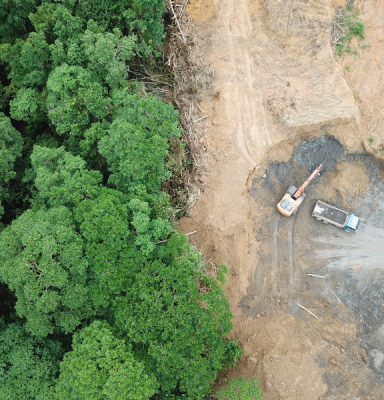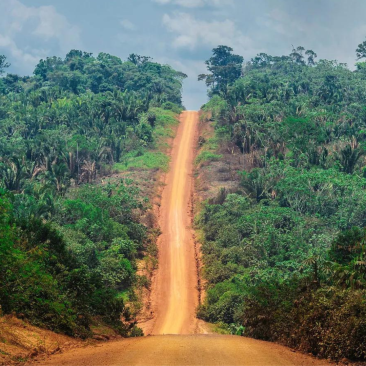
-

Forests vs. agriculture
Global market pressures, dietary preferences, and loss and waste along agricultural value chains drive demand for agricultural products, which, in turn, drive deforestation.
The need to provide food and energy for a growing global population is, generally speaking, the leading cause of loss of forests and forest biodiversity.
In Africa, population pressure and poverty are the main threats to forest conservation, driving poor farmers to convert forests to cropland. Elsewhere, deforestation is driven by changes in consumption patterns of more affluent populations.
-

More than 90% of deforestation during the last three decades was in the tropical domain
The highest annual deforestation rate in 2015–2020 was in Africa (4.41 million ha), followed by South America (2.96 million ha) and Asia (2.24 million ha)
The deforestation rate has increased in Africa since 1990, although there was a modest decrease in the rate in 2015–2020 compared with 2010–2015. On the other hand, the deforestation rates in Asia and South America are now almost half what they were in the 1990s.
-

Deforestation statistics 1990-2020
An estimated 420 million ha of forest has been lost worldwide through deforestation since 1990, but the rate of forest loss has declined substantially. In the most recent five-year period (2015–2020), the annual rate of deforestation was estimated at 10 million ha (a size similar to the forest area of the Adria-Balkan Region), down from 12 million ha in 2010–2015.
The world has lost a net area of 178 million ha of forest since 1990. The rate of net forest loss decreased substantially over the period 1990–2020 due to a reduction in deforestation in some countries, plus increases in forest area in others through afforestation and the natural expansion of forests. The rate of decline of net forest loss slowed in the most recent decade due to a reduction in the rate of forest expansion.

Global Forest Resources Assessment 2020, FAO
